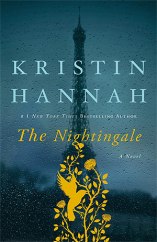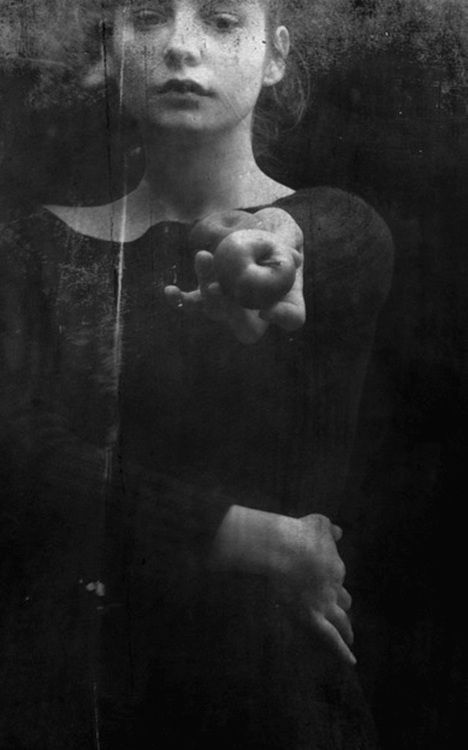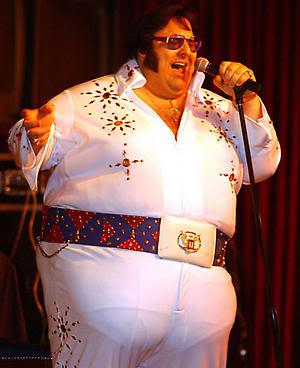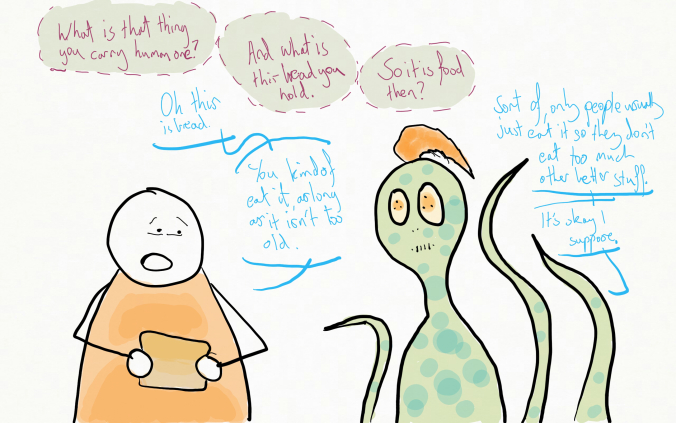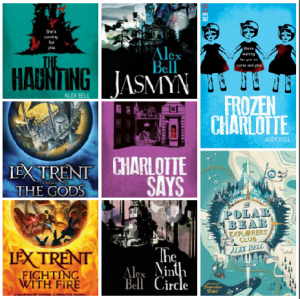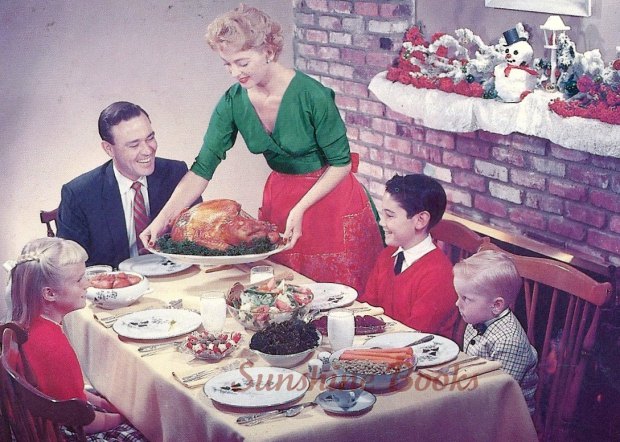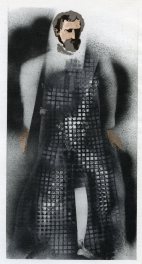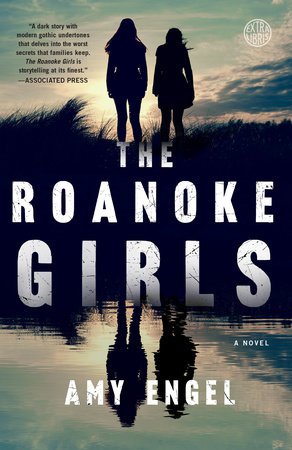Download links for: Clover Omnibus


Reviews (see all)
Write review
Out of the handful of Clamp series I've read so far, Clover is by far my favorite. In fact, I must look into getting my own copy of the compilation book, as I've nearly ruined the one I checked out from the library. You're probably wondering why I've nearly destroyed the book (actually, it isn't that bad, but it's certainly not in the brand-spanking condition I checked it out in). I can't help reading it, for three main reasons.First, it's one of those stories that needs to be read several times to ensure you've captured all the details. Read it once, and you have a decent idea of what happened. However, the Clamp ladies came up with the ingenious idea to tell the story backward. Not completely backward; more like the Seinfeld episode with the wedding in India backward - in an episodic fashion. In a way this makes Clover even more tragic, blatantly foreshadowing death and destruction.There are three "episodes" that make up Clover, told from the most recent then going back in time. Each involves the same set of characters, revealing how they die, part from each other, fall in love, the promises they make and meet one another. Because we read it in that order, nuances that made no sense in the first chapter make perfect sense by the last.Another reason I keep rereading Clover is the art. Not only can the mangaka tell a story, they can draw one, too. And as I have the 20th aniversary (of Clamp) "omnibus" edition, there happens to be bonus color illustrations that are fantastic. I want to run to Kinko's to make full-sized copies and hang them on the wall. (Sorry, if you heard weird, school-girl-like giggling, it was probably me.)Finally, each "episode" has a poignant poem, lyrics if you will, that flow throughout each chapter. My own brain has already been setting music to the first poem (I just need to find time to write it down). I imagine a soprano part with plenty of colloratura...well, never mind the technical detail, but every time I pick the book up, it's as though music floats into my mind.What I didn't care for too much were certain unexplained minor characters and unexplained situations. It seemed like perhaps there should have been a fourth "episode" that involved some kind of background between one of the protagonists and one of the antagonists (ie, Kazuhiko and Bols). It would have been great to know the history between those two.Also, sometimes it is difficult to tell who is speaking - yet another reason to reread and make sure you go over the dialogue carefully. Of course, it could have just been me that was confused, but personally I think maybe the editors had a dip in the bottle before OKing the book. (Joke! Joking! Don't sue me for liable or slander!)Anyway, Clover is definitely a top-notch manga, full of food for thought, and certainly not your typical shoujo. The girls from Clamp definitely score an A for this piece!
The artwork is heartbreaking beautiful, but it left me wanting. I understand that more volumes were intended but never completed, and the ending, or lack of, shows that. Still, I'm glad I read this, though I think the four volumes could have very easily been one. I found myself flipping past pages, because they were repeat after repeat of the same lines. For dramatic effect, to bring out the emotions they wanted to evoke, but it was a bit too much for me. But gorgeous art, and although this was my first CLAMP, it won't be my last.
un poco enredada :)
Other books by Fantasy
Other books by CLAMP
Related articles



